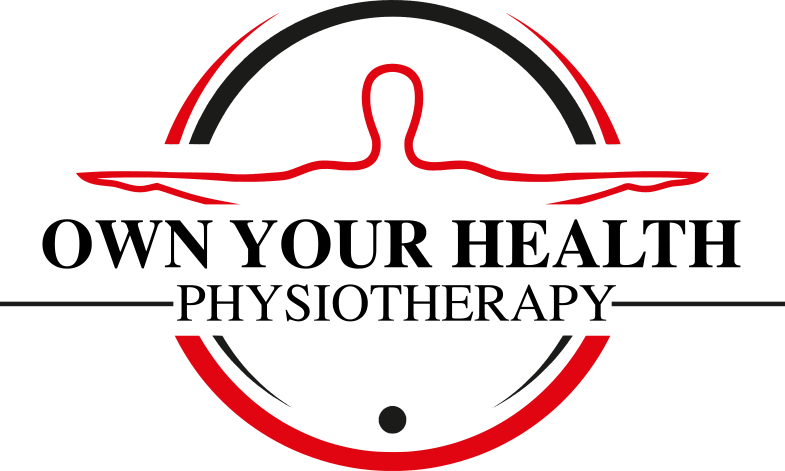How Big is Your Puzzle?
Puzzles will always hold a special place in my heart. As a child, Christmas day would start with the four of us piling into the van for a two-and-a-half hour drive to my grandparent’s house, which seemed like forever on a normal day, let alone Christmas day. When we arrived, the relative would be gathered around the tree waiting for us; my uncle Curt would check his watch and make a joke and then… it was gift giving time! This wasn’t the story every Christmas, but it happened more than once and provided some of my strongest childhood memories. One other detail in these childhood memories is the partially finished puzzle.
Working on puzzles around Christmas time is a Dotson family tradition that I imagine started with my grandfather. Writing this, I remember watching him methodically work on puzzles; teaching my cousins and me how to efficiently assemble them. He taught us to start with the edges and corners. Once they are done, separate out the clearly identified pieces like the dog or the sled. Next, sort the remaining pieces by colors and shades.
I remember thinking this approach was like having a series of puzzles within a puzzle. The first, and simplest was the border. Then, the dog and the sled were their own puzzle. Finally, the pieces without well-defined borders, like the clear sky, were interconnected puzzles that brought the piece together. As a youngster, I would often quit once the border was complete - the rest took too much time and focus. As I got older, I began assembling the clearly defined pieces such as the dog and the sled. And now… well, I have more interesting puzzles now.
Working with clients is much like solving a puzzle. It is often easy to identify the tissue that is causing pain or restricting motion - this is like the borders of the puzzle. Identifying dysfunctional patterns in nearby tissues is akin to assembling the dog or the sled. Unfortunately, this is where most physical therapists stop, which I guess is good for business.
As a student, working on my doctorate in physical therapy, I was taught that plantar fasciitis was a “foot problem.” After all, that is where it hurt. As my skillset grew, I began to recognize that this foot pain was often caused by muscles in the rear-end not functioning well. Thus, I began to call plantar fasciitis a “rear-end problem.” After all, if the rear-end muscles were working better, the foot would never have started hurting in the first place. Later, I learned about how nerve facilitation in the back can cause rear-end muscles to not function well and thus, I began to call this foot pain a “back problem.” After all, were the nerves in the back not facilitated, the rear-end muscles would have continued to work better and the foot never would have started hurting in the first place… it has been years since I began calling this foot pain a “back problem” and now I know to look elsewhere for the cause of the back problem too.
I am grateful for the numerous mentors who, like my grandfather, taught me how to efficiently and thoroughly assemble puzzles. After all, I had this “foot problem”… but in my case it’s actually a neck problem. If you would like to learn more, I encourage you to read some of our other blog posts (here, here, here, and here). Or, if you want the full-meal-deal, give us a call at (509) 350-2506.
Regardless, I strongly encourage you to be an informed consumer of healthcare, especially physical therapy. If you are receiving physical therapy services, think to yourself, “How big is my PT’s puzzle?” If your physical therapist isn’t putting together all the pieces, there is a good chance you will become a patient for life - for the same un-identified problem - as you either stop doing the exercises your physical therapist gave you or your body finds a new way to compensate around your root-cause dysfunction(s). If this is already you and you want an end to the madness, I suggest you schedule a FREE Health & Goals Strategy Session with Dotson Physiotherapy right away so we can help teach you how to own your health.



